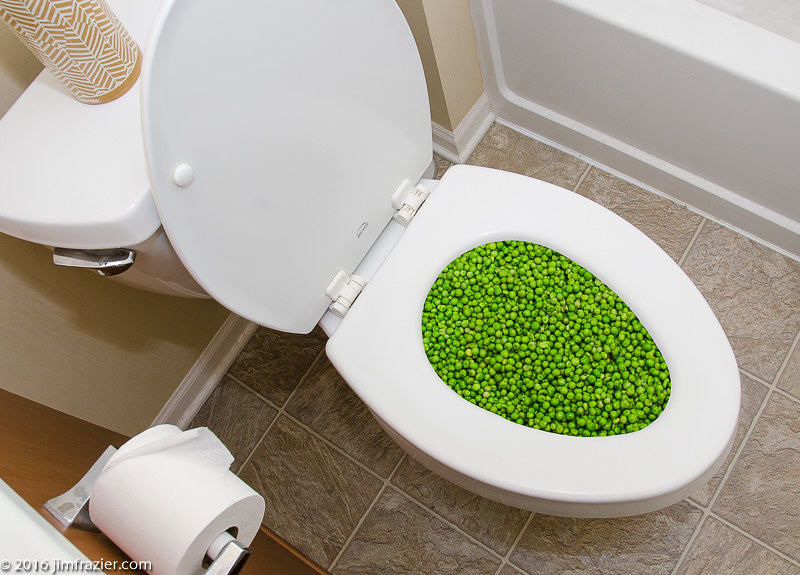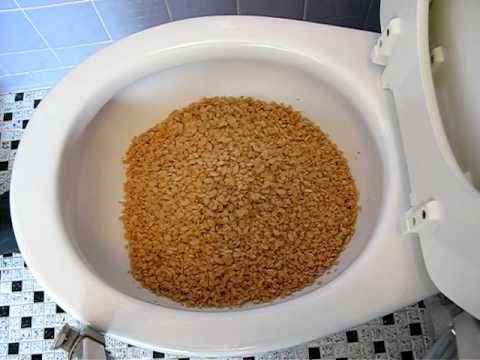Is it Allowed to Flush Food Down the Toilet?
Is it Allowed to Flush Food Down the Toilet?
Blog Article
Do you find yourself searching for guidance involving Think Twice Before Flushing Food Down Your Toilet?

Introduction
Many people are typically faced with the predicament of what to do with food waste, particularly when it involves leftovers or scraps. One typical concern that occurs is whether it's okay to purge food down the commode. In this post, we'll delve into the reasons individuals could take into consideration flushing food, the repercussions of doing so, and different approaches for correct disposal.
Reasons individuals may think about purging food
Lack of understanding
Some individuals may not know the possible injury brought on by purging food down the commode. They might mistakenly believe that it's a safe technique.
Ease
Purging food down the commode may look like a quick and simple solution to disposing of unwanted scraps, particularly when there's no neighboring trash bin readily available.
Negligence
In some cases, individuals might just choose to flush food out of large negligence, without thinking about the repercussions of their actions.
Consequences of flushing food down the toilet
Environmental influence
Food waste that winds up in rivers can add to contamination and damage water environments. In addition, the water made use of to purge food can strain water sources.
Plumbing concerns
Purging food can lead to clogged up pipes and drains pipes, causing expensive pipes repairs and aggravations.
Kinds of food that need to not be purged
Coarse foods
Foods with fibrous appearances such as celery or corn husks can obtain entangled in pipelines and trigger obstructions.
Starchy foods
Starchy foods like pasta and rice can take in water and swell, leading to obstructions in pipelines.
Oils and fats
Greasy foods like bacon or cooking oils should never ever be flushed down the bathroom as they can strengthen and create blockages.
Appropriate disposal methods for food waste
Utilizing a garbage disposal
For homes geared up with waste disposal unit, food scraps can be ground up and purged through the plumbing system. Nonetheless, not all foods are suitable for disposal in this manner.
Recycling
Particular food product packaging products can be recycled, decreasing waste and lessening ecological impact.
Composting
Composting is an environmentally friendly means to dispose of food waste. Organic products can be composted and made use of to enhance soil for gardening.
The importance of appropriate waste management
Reducing environmental injury
Correct waste monitoring practices, such as composting and recycling, aid minimize pollution and protect natural deposits for future generations.
Protecting plumbing systems
By staying clear of the technique of flushing food down the toilet, house owners can stop expensive plumbing repairs and preserve the honesty of their pipes systems.
Verdict
Finally, while it might be alluring to flush food down the commode for convenience, it is essential to comprehend the prospective consequences of this action. By adopting appropriate waste administration techniques and disposing of food waste properly, individuals can add to healthier pipes systems and a cleaner setting for all.
FLUSH FOOD DOWN THE TOILET?
FLUSHING FOOD CAN CAUSE BLOCKED DRAINS IN YOUR HOME
All of the plumbing fixtures in your home are connected to the same sewer pipe outside of your home. This outdoor sewer pipe is responsible for transporting all the wastewater from your home to the Council sewer mains. Even small pieces of food that go down the kitchen sink can cause problems for your sewer. It should therefore be obvious that flushing larger bits of food, such as meat, risks a clog in either the toilet itself or the sewer pipes. Flushing greasy food is even more problematic because oil coagulates when it cools, coating the interior lining of your pipes.
THE TOILET IS NOT A BIN
Food isn’t the only thing that people shouldn’t be flushing down the toilet. People use the toilet to dispose of all kinds of things such as tampons, makeup wipes, dental floss, kitty litter and even underwear. Water goes to great lengths to educate residents about the high costs and stress placed on wastewater treatment systems simply from people flushing the wrong stuff down the toilet. It costs taxpayers millions of dollars each year, and homeowners thousands in blocked drain repairs.
FLUSHING FOOD IS A WASTE OF WATER
Flushing food is a waste of our most precious resource - water. In June this year Level 1 water restrictions were introduced to protect water supply from drought conditions. Much of New South Wales continues to be affected by prolonged drought with recent figures revealing up to 97 per cent of the state remains in drought. Depending on whether you have a single or dual flush toilet, every single flush uses between five and 11 litres of water. In the current climate this is a huge amount of water to be wasting on flushing food that should be placed in the bin (or better yet, the compost).
https://www.jabplumbingsolutions.com.au/blog/can-you-flush-food-down-the-toilet

I am just very involved in What Can Happen If You Flush Food Down the Toilet? and I really hope you enjoyed reading the entire blog post. Sharing is good. Who knows, you may just be helping someone out. I praise you for being here. Come back soon.
Visit My Site Report this page